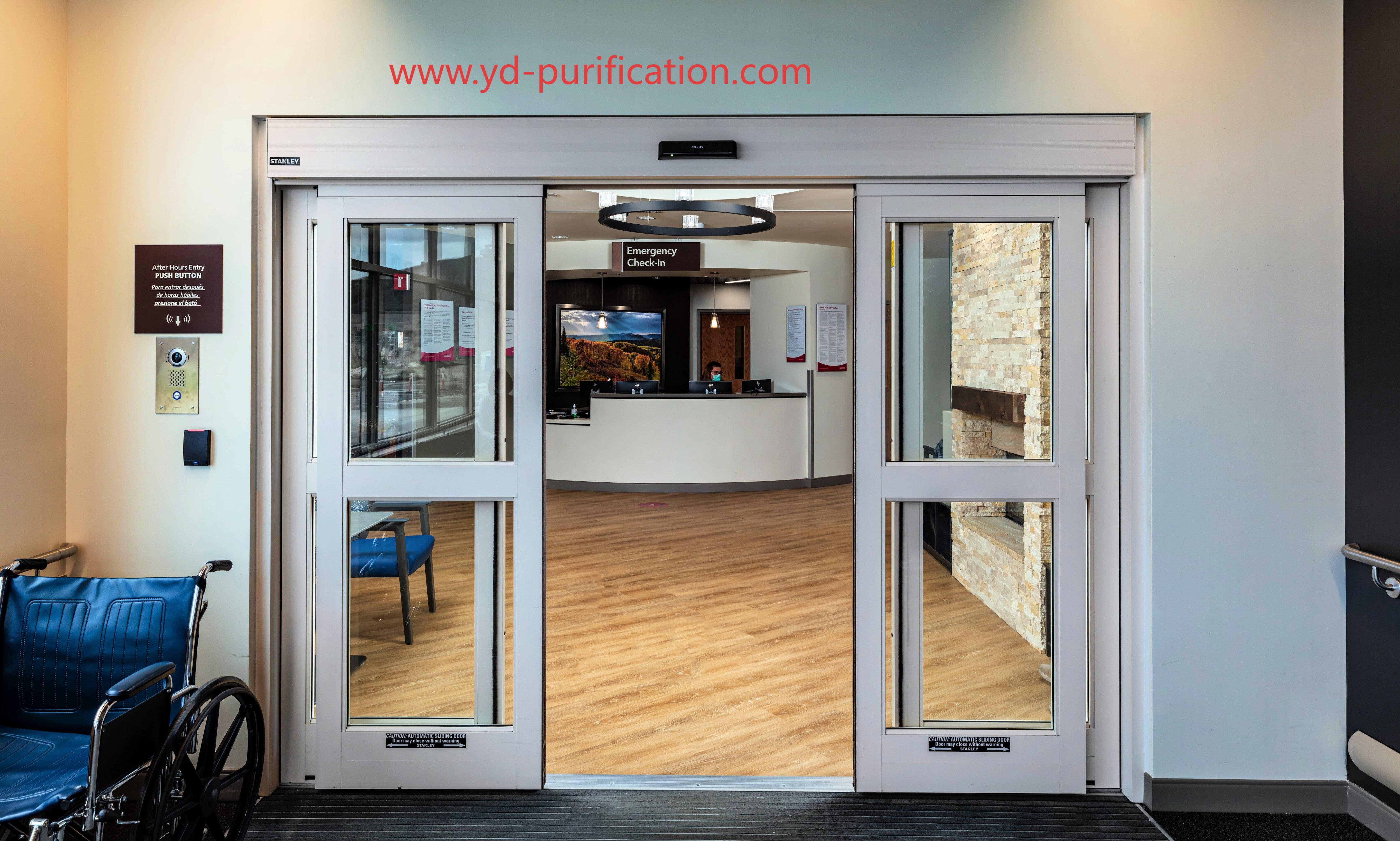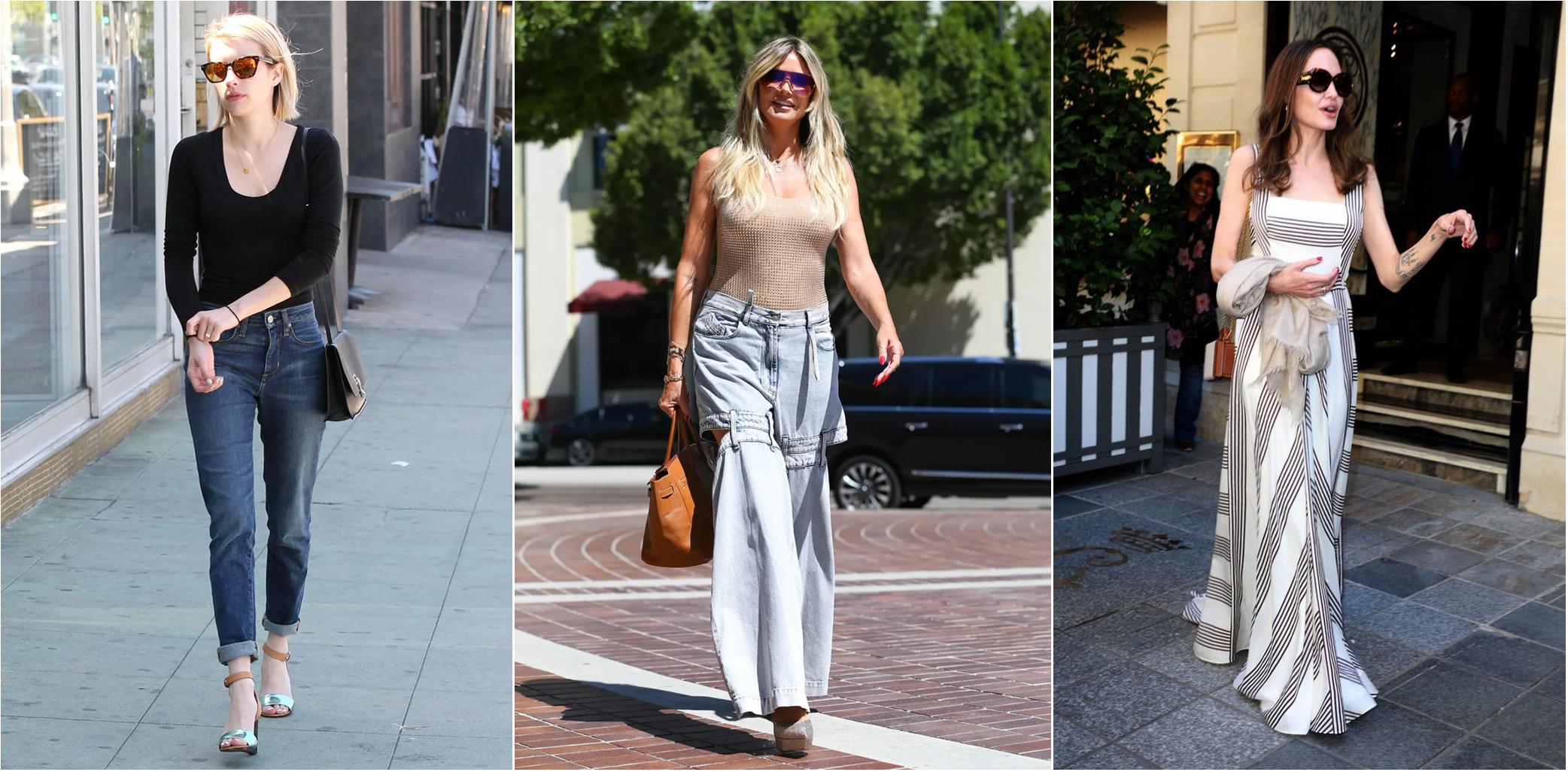Construction Megatrends: Waterborne Acrylics Riding the Global Building Surge
The Waterborne Acrylic Coatings Market has evolved into the single most important finishing technology of the 21st century, protecting everything from the world’s tallest buildings to children’s bedroom walls with films that breathe, heal, reflect heat, kill germs, and now even capture carbon. Modern high-rise façades in Dubai, Singapore, and New York rely on elastomeric waterborne acrylics that bridge hairline cracks while allowing moisture vapor to escape, preventing the spalling that doomed earlier rigid coatings. Luxury furniture makers in Italy and Vietnam produce piano-black grand pianos and walnut dining tables finished exclusively with waterborne systems that achieve mirror gloss and velvet touch simultaneously. Wind turbine blades spinning at tip speeds exceeding 300 km/h wear ultra-thin acrylic leading-edge protection that survives rain erosion for twenty-five years. Hospital walls finished with antimicrobial versions show bacterial counts near zero after years of aggressive cleaning. This extraordinary breadth of performance from a single chemical platform represents one of the great unsung success stories in materials science.
The most dramatic productivity leap in decades is being driven by flash-dry waterborne acrylic technology. New Waterborne Acrylic Coatings Market Share reveals interior formulations that achieve touch-dry status in under four minutes and full hardness in two hours at 20°C through a combination of reactive surfactants and photo-latent catalysts. Contractors now paint occupied offices overnight and hand back spaces by morning without any detectable odor. Exterior systems develop rain resistance in seven minutes, allowing painting between passing showers in temperate climates. The chemistry has revolutionized school and hospital maintenance schedules—entire buildings can be refreshed during weekend closures with zero disruption to occupants. Energy consumption for forced drying has fallen by 90 percent versus previous waterborne generations.
Latin America has undergone one of the fastest solvent-to-waterborne transitions on record. Countries like Brazil, Mexico, Colombia, and Argentina have implemented aggressive VOC reduction programs that effectively banned most solvent architectural paints by 2024. The Waterborne Acrylic Coatings Market responded with unprecedented speed—local and multinational producers commissioned dozens of new dispersion plants and converted thousands of paint lines in less than five years. Today, penetration exceeds 90 percent in urban areas, with premium matte interior paints rivaling European quality at significantly lower cost. The region now exports technology and finished paint to Africa and Southeast Asia, completing a remarkable turnaround from importer to innovator.







